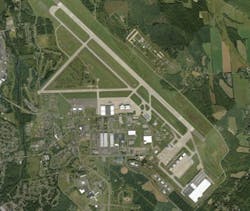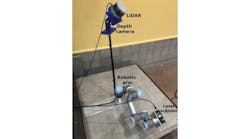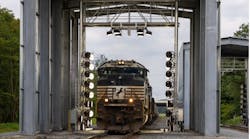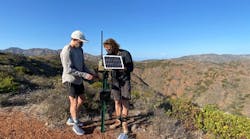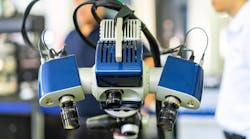If you haven’t been following the news surrounding UAVs over the past few months, here is the abridged version:
In March, it was determined that UAVs are "not illegal." By this, I mean that the FAA filed a case against 29-year-old Raphael Pirker, who used a commercial UAV to film a commercial at the University of Virginia, but a US federal judge dismissed the case after it was deemed the FAA has never undertaken the required public notices necessary to make it an official law. Then in May, the FAA announces that it is considering a streamlined approval process for flights of small UAVs for filmmaking, utilities inspection, agriculture, and other low-risk operations.
The following month, the first commercial UAV is approved by the FAA. For this application, BP and AeroVironment were granted permission for the first commercial UAV to fly over land for the purposes of aerial surveys over Alaska’s North Slope. Since then, some commercial UAVs have been flown, but with a varying degree of luck.
Part of the reasoning behind this, of course, has to be public safety. As a result, the FAA has created a number of test sites for UAVs. The fifth and most recent test site to go live of the six that the FAA has selected is theGriffiss International Airport unmanned aircraft systems test site, located in Rome, New York. This site will focus on imaging agriculture fields with different sensors. Projects will focus on insects, weeds, diseases, crop biomass, crop characteristics, and background soil characteristics.
“We are accomplishing two important missions with the launch of this test site,” said Department of Transportation Secretary Anthony Foxx in a press release. “The safe integration of unmanned aircraft into the NAS [National Airspace System] is our No. 1 priority, but the agricultural research performed in Rome also may have far-reaching benefits to farmers in New York and across the nation.”
The New York site has a two-year certificate of authorization to fly PrecisionHawk’s Lancaster unmanned aircraft. For the time being, flights will take place over two fields in New York, but the site will eventually manage agriculture research flights from Joint Base Cape Code in Massachusetts.
In addition to the testing done on the UAVs, the site will also work on detect-and-avoid technology in order to prevent manned and unmanned aircraft crashes, which the FAA said will help in researching the complexities of integrating UAVs into the Northeast airspace.
